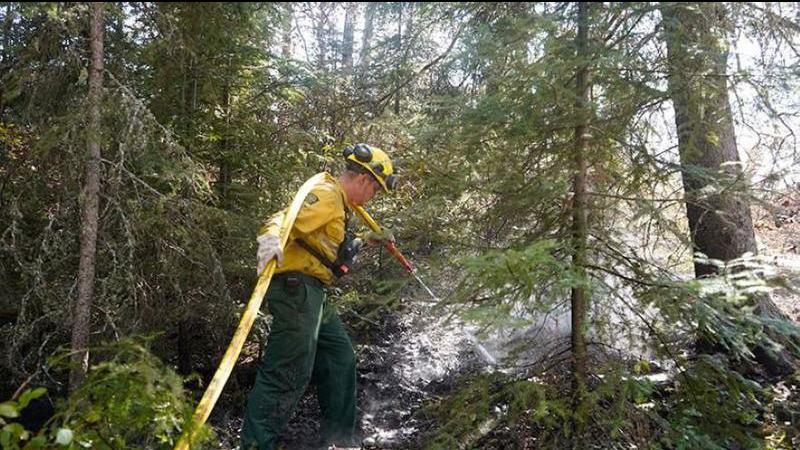
Rain, cooler temperatures offering some relief in wildfire fight
While the weather this week might have put a damper on summer temperatures, it also has put a damper on wildfires in Saskatchewan.
During Friday’s provincial wildfire update from the Saskatchewan Public Safety Agency (SPSA), vice-president of operations Steve Roberts said the cooler weather and some recent rainfall have helped quell the flames in the northern part of Saskatchewan.
As of 10:30 a.m. Friday, SPSA president Marlo Pritchard said there were 21 active fires in the province. Three of those fires are contained, 10 were classified as ongoing assessment, three were considered “protecting property” and five were uncontained.
The cooler weather and rain have allowed crews to switch from indirect to direct attack, Roberts explained.


